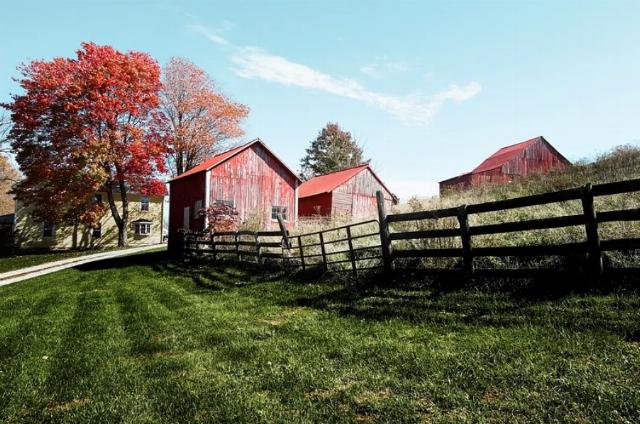Incredible economic illiteracy from Kamala Harris
Kamala Harris has indicated that if elected, she will propose price controls on grocery stores to end “price-gouging.” I wonder if she has any comprehension of what is involved with getting a loaf of bread, a carton of milk, or meat, let alone the other thousands of articles stocked by grocery stores that make our standard of living possible.
Since I grew up on a farm where we produced these products, I thought it might be beneficial for her to know how they get from the farm to the dining table.
All are produced on land owned, or rented, by a farmer, who must have machinery to operate the farmland to plant a crop such as wheat, then hope the grain will grow and mature so it can be harvested. When harvested, the grain must be delivered to market and sold to an elevator or other agent. From there it is transported to a milling plant, where it is converted into flour.. From there it goes to the bakery, where it is mixed with other ingredients that result in the making of a loaf of bread. Next, it is taken to a grocery store and placed on a shelf for a customer to buy. Finally, the bread makes it to the kitchen table for people to eat.
So if you follow this, you will note that there are at least five steps in this process. This does not account for all the equipment required to do each step along the way and the labor associated with each step, or the cost of transportation. Oh, yes, might I add — each stage of the process must expect a profit in order to remain in business. Thus, when the grocer indicates that his margin is in the neighborhood of 1.5%, think about all the other “mark-ups” that occurred along the way that resulted in this final price in the store.
Now let me go back to the farmer for a minute. First, the land is required to grow the crops. When I was young, farmland sold for about $100 per acre. Today, that land goes for $4,000 or more per acre. The first tractor we had cost $500. The last one my brother purchased cost about $50,000. I do not know the cost of some of the other equipment now required, but I know that an item such as a combine can cost somewhere around $250,000 and gets used about 10 days per year at most unless the farmer also does work for others.
Get the idea? Profitable farming involves a very high investment, with no guaranteed return.
So go ahead, Ms. Harris: freeze grocery prices, and see what happens to the economy.
My ancestors who came to New England in the 1630s were involved in an experiment of equal sharing. It didn’t work then. It never has, and it never will. Supply and demand does. Please leave it alone.
Tom McCorkill is a retired Air Force reservist who served in three different full-time careers: local government management, private business owner, and educator. He holds a B.A. from the University of Missouri and an MPA from the University of Kansas.

Image via Raw Pixel.
Ad Free / Commenting Login
FOLLOW US ON
Recent Articles
- Trump’s Tariff War
- The Fall of Hollywood as Seen Through Its Turn Against Karla Sofia Gascón
- MAGA Is Now America’s Political Mainstream
- American Thinkers Should Mind the Campus
- Democrat Politicians and Preoperational Infantilism
- How Socialism Works in America: Remembering Obama’s GM Boondoggle
- The Remedy for Birthright Citizenship
- Trump’s Second Week: A Turning Point in American Governance
- The Terrible Mercy of Bishop Budde
- Why Trump’s firing the HUD Inspector General was Justified
Blog Posts
- Sometimes retribution and justice are the same thing
- They weren't talking open borders in my Sunday school
- Paper exposes pseudoscience behind methane war on farmers
- Gaza, reimagined
- Our justice system could learn from the Book of Joshua
- With Trump imposing tariffs, suddenly the media is concerned about inflation
- About that Blackhawk pilot -- where is the transparency?
- Pharmaceuticals and national security
- The 'do not call' law of 1991 needs updating
- Alarming report: Illegals hinder ICE attempts to arrest and deport them
- For all its posturing, Canada will struggle with Trump’s new tariffs
- Have you considered annihilation by asteroid?
- Cover-up of Joe Biden’s senility finally getting some play
- What is Trump really doing with all the DIE stuff?
- Republicans find a creative way to increase 2nd Amendment freedom






